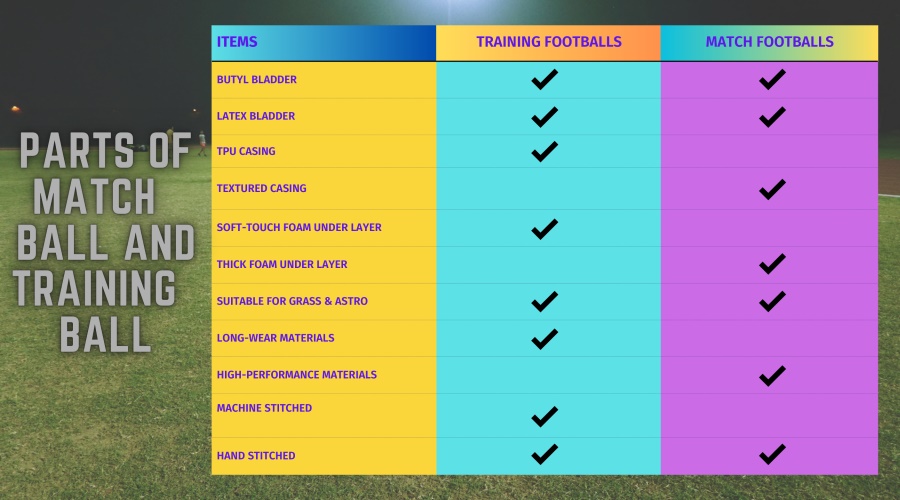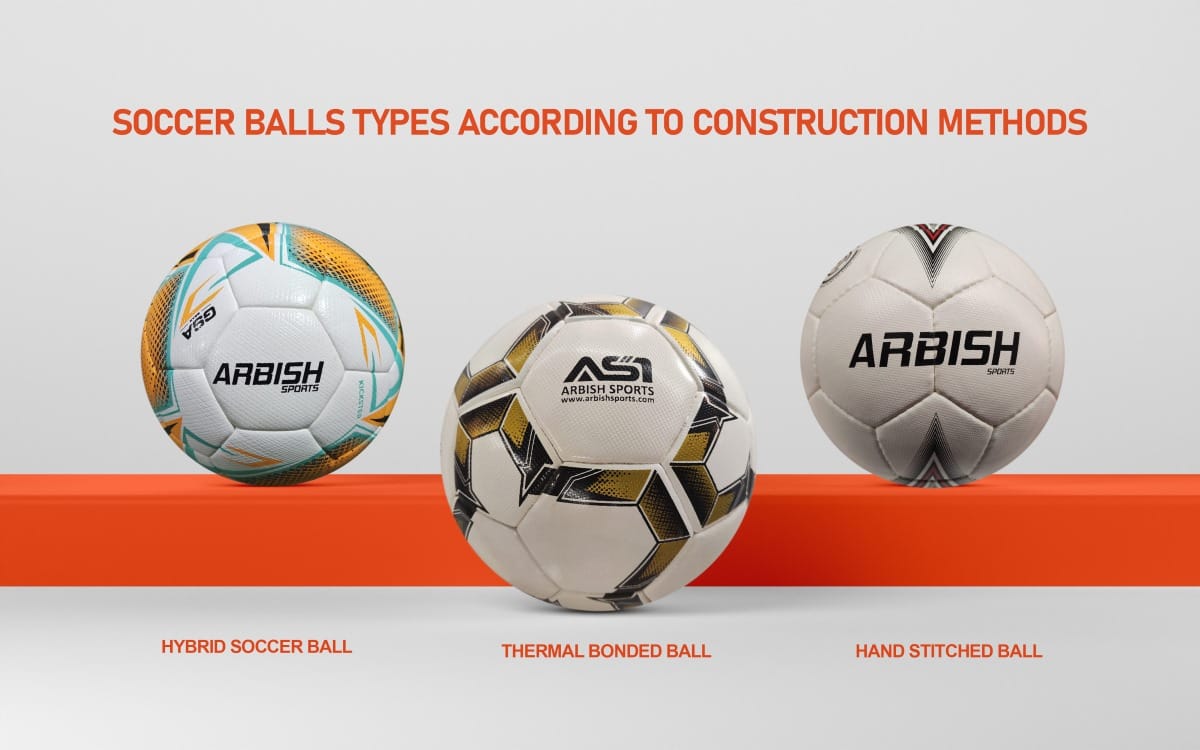The Comprehensive Comparison of Soccer Balls Types, Purposes, and Technologies
Decoding Soccer Balls: A Comprehensive Guide to Soccer Balls Types, Purposes, and Technologies
Understanding Soccer Balls: A Detailed Comparison
Soccer balls are more than mere tools in the game; they are essential elements that influence performance and gameplay. To make informed choices, it’s crucial to comprehend the distinctions between various types of soccer balls and their respective technologies.
Table of Contents
ToggleTypes of Soccer Balls:
Training balls are built for daily practice, constructed with durability in mind to withstand various surfaces and extensive use. On the other hand, match balls excel in official games like FIFA World Cup, National and International Tournaments, featuring high-quality materials that offer precise performance but come at a higher cost due to their specialized design and superior construction.
Training vs. Match
Training Balls: Durability and Versatility
- Purpose: Designed for everyday practice and training sessions.
- Construction: Crafted from durable materials capable of withstanding heavy use.
- Surface Versatility: Versatile enough to be used on grass, turf, and concrete surfaces.
- Cost: More affordable, making them a practical choice for continuous practice sessions.
- Performance: Prioritize endurance over precision, ideal for rigorous training sessions.

Match Balls: Precision and Performance
Purpose: Reserved for official matches, focusing on delivering exceptional performance.
Construction: Utilize high-quality materials such as soft, natural leather and seamless stitching.
Surface Versatility: Primarily designed for grass surfaces, ensuring consistent performance.
Cost: Higher in price due to their specialized construction and superior performance.
Performance: Offer precision, consistency, and predictability in flight and bounce, essential for competitive matches.
Soccer Ball Technologies: Advancements Driving Excellence
Thermal Bonded Soccer Balls: Seamlessness at Its Best
Thermal bonded soccer balls epitomize seamlessness in construction, delivering unparalleled performance through their innovative design.
Purpose: Favored for professional tournaments, offering exceptional performance.
Construction: Seamless construction achieved through heat-binding the panels.
Performance: Exceptional shape retention and minimized water uptake, ensuring consistent performance regardless of weather conditions.
Cost: Higher due to their seamless technology but ideal for top-tier tournaments.
Hand Stitched Soccer Balls: Traditional Durability
Hand-stitched soccer balls signify a tradition of durability, showcasing exceptional resilience and reliability through their meticulous craftsmanship.
Purpose: Offer durability for daily matches and professional training.
Construction: Crafted using thick polyester threads, providing unmatched wear resistance.
Performance: Exceptional durability but slower production times and increased costs.
Cost: Higher due to meticulous manual stitching, ensuring longevity and wear resistance.
Machine Stitched Soccer Balls: Balancing Cost and Quality
Machine-stitched soccer balls strike a balance between affordability and quality, offering a cost-effective option for various purposes.
Purpose: Ideal for training, recreation, and promotional purposes.
Construction: Produced through automated stitching machines, balancing cost and quality.
Performance: Adaptable but might not match the durability of hand-stitched counterparts.
Cost: More budget-friendly option, providing a balance between cost and performance.

Understanding Soccer Ball Sizes: From Mini to Standard for Different Ages and Playing Levels
Soccer balls come in various sizes, each tailored to different age groups or levels of play. Typically, they range from size 1 to size 5.
Size 1: Often termed as mini or skills balls, these tiny spheres are perfect for young children or for honing specific skills due to their small size and light weight.
- Size 2: Often referred to as “mini” or “fun” balls. They are smaller than the standard size 5 balls used in professional play. These balls are typically used for recreational purposes, as souvenirs, or for fun games and drills. Due to their small size, they are suitable for very young children or for honing specific skills such as ball control and accuracy.
Size 3: Ideal for young players between ages 8 to 12, these slightly smaller balls offer easier handling and control for developing skills.
Size 4: Commonly used by youth players aged 13 to 16, these balls are smaller than the standard size 5, facilitating better ball control and skill refinement for growing athletes.
Size 5: The standard soccer ball size used in professional and adult-level play, recommended for players aged 17 and above, offering the regulation weight and dimensions.

Each size corresponds to different age groups or skill levels, ensuring players can practice and compete effectively while adapting to their physical capabilities and skill development.
Choosing the Right Soccer Ball: Understanding Your Options
Knowing the differences between training balls, match balls, and various soccer ball technologies helps players and enthusiasts make well-informed choices based on their playing styles and needs. Whether for intense training that requires durability or competitive matches that call for precision, each soccer ball type offers unique benefits.
ASI Soccer: Crafting High-Quality Soccer Balls for All Needs
ASI Soccer, a sports ball manufacturing company from Sialkot, Pakistan, has been producing top-quality soccer balls for buyers worldwide since 2006. Specializing in all types of soccer balls, ASI Soccer ensures that players can find the perfect ball to elevate their game and enhance their soccer experience.
- Facebook
- Twitter
- Linkedin
- Whatsapp






